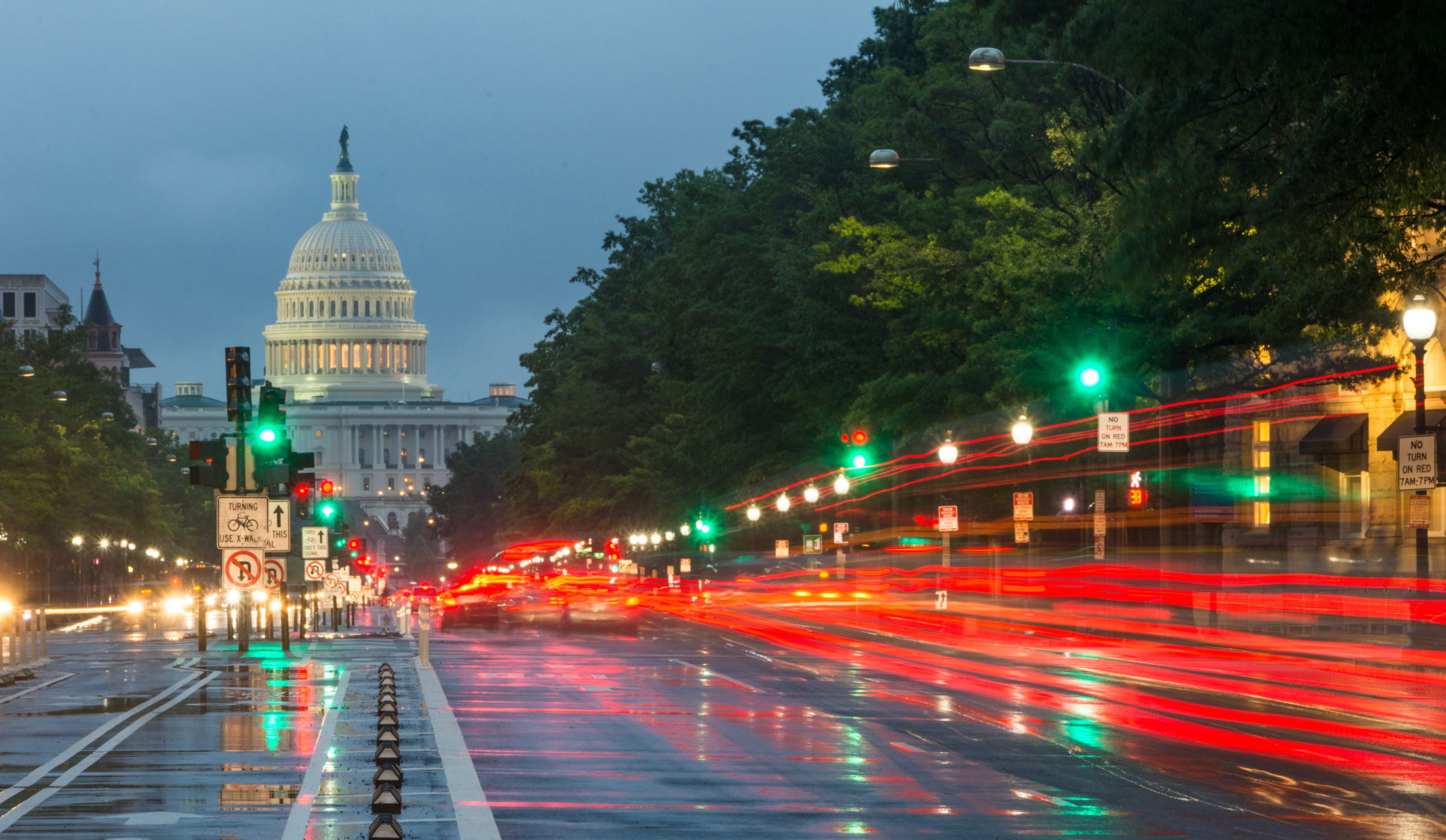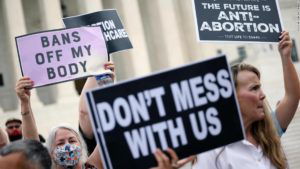
Production Line Justice: Immigration Judges Told to Meet Quotas
May 11, 2018
Dallas, TX (Law Firm Newswire) May 11, 2018 – The Department of Justice is imposing quotas on immigration judges with the aim of addressing a backlog of more than 650,000 pending immigration cases. The Department’s Executive Office for Immigration Review (EOIR) has introduced a new set of metrics that will be directly linked to the immigration judges’ annual performance reviews.
“Judges make hard decisions in weighing the merits of each case. Do we want our judges to focus on how little time their decisions took to reach, or on making the right decision in light of the facts and the law?,” said Stewart Rabinowitz of the Dallas and Frisco, Texas law firm of Rabinowitz & Rabinowitz, P.C.
According to a directive issued on March 30, 2018, immigration judges will be evaluated on the basis of how promptly they process cases and the number of cases they hear. Judges will be required to clear a minimum of 700 cases each year to receive a “satisfactory” performance grade. Those that adjudicate under 560 cases will be given an “unsatisfactory” rating. The new metrics will be enforced starting on October 1, 2018.
The quota system is an effort to speed up the courts and reduce the backlog of cases, which has been a priority for the Trump administration. The EOIR directive states that the metrics are designed to “encourage efficient and effective case management while preserving immigration judge discretion and due process.” However, advocates and the National Association of Immigration Judges have been highly critical of the numerical standards, saying they could potentially endanger the fairness of courts.
“All legal work takes time, and justice on a time measure model is demeaning not only to those who make such decisions, and those who receive it but also to our judicial system,” said Rabinowitz. “Our Pledge of Allegiance concludes ‘. . . with liberty and justice for all.’ Is there now an exception for foreign nationals in removal proceedings where justice is now to be measured by how many cases a judge moved instead of justice for every person?”
The memo details highly specific performance benchmarks for immigration judges such as how much time they should spend on various case types and court motions. For example, judges have three days from a hearing in which to complete cases that involve a detained immigrant and 10 days to finish cases in which the immigrant is not detained. Unlike other courts, immigration judges report to the attorney general as immigration courts are part of the Executive Branch.
Rabinowitz & Rabinowitz, P.C.
2591 Dallas Parkway, Suite 300
Frisco, TX 75034
Phone: 972.233.6200
By Appointment Only
Three Galleria Tower
13155 Noel Road, Suite 900
Dallas, TX 75240
http://www.rabinowitzrabinowitz.com
- USCIS announces additional restrictions on certain H-1B petitions
The U.S. Citizenship and Immigration Services (USCIS) issued a new policy memorandum on February 22, 2018, that requires U.S. employers filing H-1B petitions for employees at third-party work sites to submit additional documents and evidence. The new restrictions mean H-1B petitioners will now have to show that the H-1B beneficiary has “specific and non-speculative qualifying … - USCIS Suspends H-1B Cap Subject Premium Processing for the 2019 FY H1B Season
In an announcement dated March 20, 2018, and less than 2 weeks before the major FY2019 H-1B filing season begins on April 2, 2018, USCIS has announced that it is suspending H-1B premium processing for cap subject H-1B filings for FY2019. This is the second H-1B season in a row where USCIS has suspended its … - President Trump Creates a National Vetting Center
President Trump signed an order February 6, 2017, establishing a National Vetting Center to investigate new immigrants’ admissibility to the United States. The National Vetting Center’s mission is to collect, share and use information about people entering the United States, with the objective of identifying individuals who may be a security threat. The center will …




